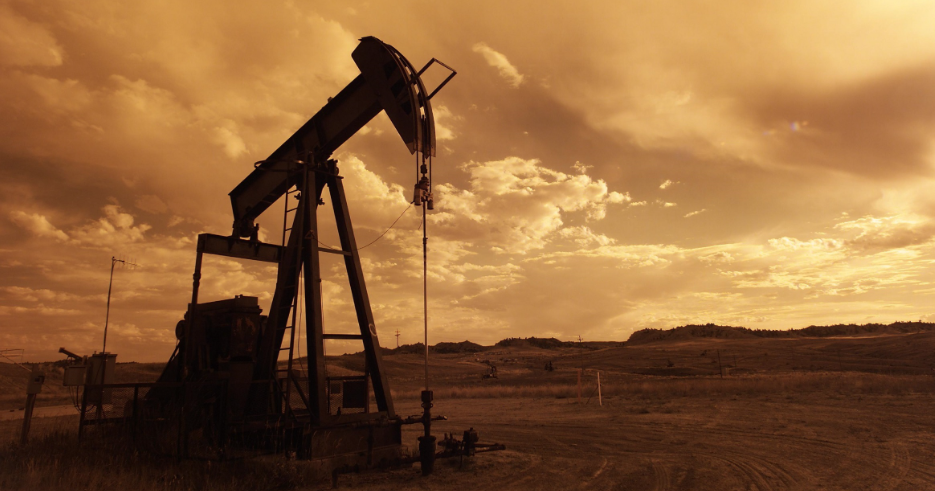What if there were a bulletproof argument for never again digging another hole in the ground to extract the ancient muck we burn to make things move?
I’ve recently begun to ponder this question.
Carbon, and more specifically, methane cycles exist on the surface of our planet naturally. Yet, every year we invest hundreds of billions of dollars in oil and gas development, based on potentially faulty, and likely optimistic volume projections.
Is there really a need to spend that kind of money digging up what our warming earth is already releasing? There are over 1.5 trillion tonnes worth of greenhouse gas equivalent in the form of frozen methane trapped in the currently thawing arctic. Plus, we have the exact same substance leaking from the world’s landfills, wastewater treatment facilities, and more.
Why are we destroying critical ecosystems and putting our homes and communities at risk to dig for fuel inputs that are literally rising out of the ground?

Out with the Old–What’s the New?
I work for Carbon Credit Capital, which uses carbon markets to help people get paid to capture and destroy methane from landfills and wastewater treatment facilities.
The methane captured is usually burned on the spot (methane flaring). Increasingly, however, typically flared gas is being turned into free fuel. Dubai is getting paid by the Norwegian government to capture the methane emissions from one of its landfills, and is burning it to produce electricity for the local community.
Gas can come from other sources, as well. Projects in China help small-acreage farmers stop burning coal in their homes (a major carbon monoxide and particulate health concern) in favor of clean-burning cookstoves fueled by methane from the manure of livestock they keep in on their farms. The families get self-sustaining, healthier, more cost-effective energy systems that have a constantly renewable fuel source for as long as they keep animals.
This concept is proven already at local levels. One project that Carbon Credit Capital is proud to be partnered with has provided such systems to over 1 million households.
How Do Costs Compare?
Setting up a project like this costs $1,200 per household, or $1.2 billion to equip a million households. Equipping every household on earth would cost $3.36 trillion, or almost two times what the IEA reports was spent on global energy investment (coal, oil and gas, renewables, energy infrastructure) in 2015.
While skeptics may say, “Game over, Buzz Lightyear!” keep in mind that this number represents an initial investment. Every year thereafter, the energy is free and renewable, as long as we keep producing organic gas from food scraps, animal waste, and other decaying organic matter.
By year five, the world would break even.
Not a bad hurdle rate for weaning humanity off digging stuff up out of the ground. We’ve been incapable of accomplishing it to date, but can we in the future?
But Is Recovery Really Feasible?
Likely not on a global scale, and not right away.
There are many factors to consider. How much of a given city’s electricity could be generated from the landfill gas and composting facilities within city limits? How would the infrastructure work? Can small towns across the world do it?
Would it help if we add gas from wastewater plants? (Yes–there are plenty of examples that illustrate that wastewater can serve the same purpose as animal waste.)
Can poor, rural regions of China overtake the behemoth that is the traditional extractive fossil fuel industry? And is there a carrot to be dangled in front of industry leaders to motivate them to ditch drilling and tap landfills instead?
I don’t know the answer to these questions yet, but I’m committed to finding them.
Stay tuned.
